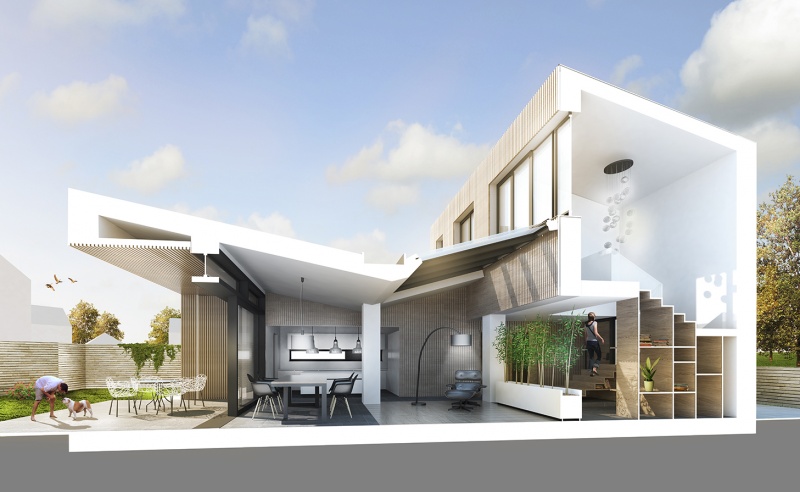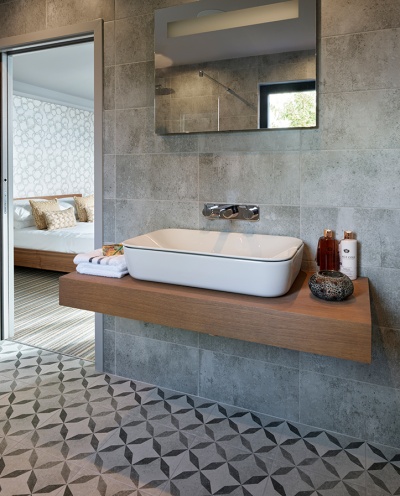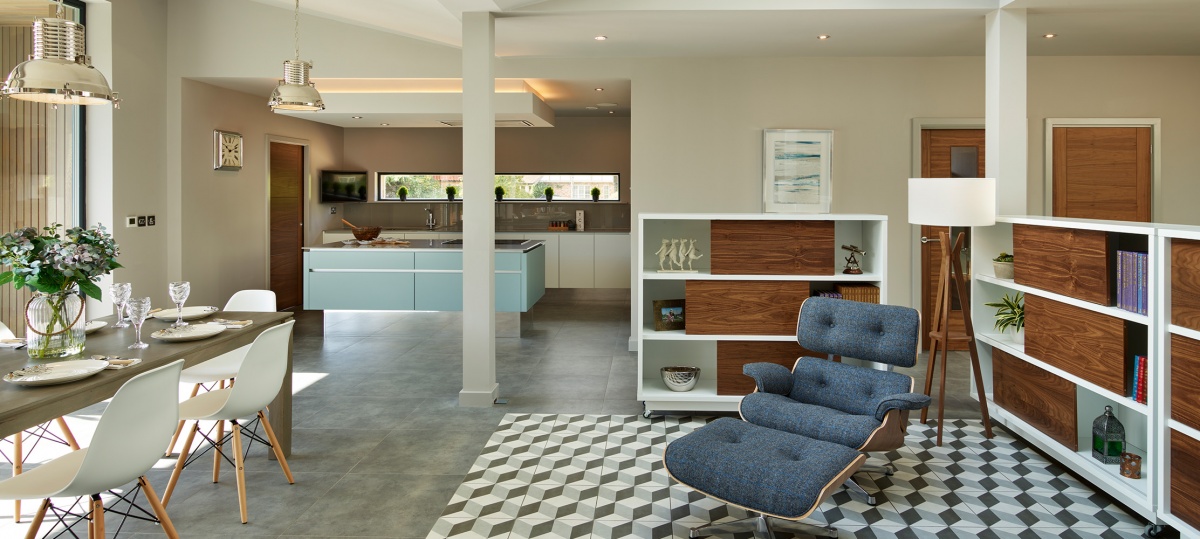Passivhaus is a standard that focusses almost entirely on the energy used by buildings. It has been very successful in demonstrating that liveable and comfortable houses can be built using this standard in a variety of European countries and further afield. To that extent it has had a major influence on the direction of policy in many countries, with some even adopting the standard as optional or mandatory for use in new construction. This is all positive as it helps to drive development of new products and skills in the construction industry that aim to create highly energy efficient buildings. Where the standard is less ambitious is in other areas of sustainable design, such as water use, biodiversity, transport, waste and other factors that affect the sustainability of the home that is constructed. It is entirely possible to build a Passivhaus in a location where the residents have to drive to buy a pint of milk, which defeats the purpose somewhat.
The design standard does have an impact on design to some degree, in the same way that almost all energy efficiency standards have an impact. Simple volumes and shapes of dwelling tend to work better than complex ones, the design of the building fabric needs to be carefully considered from the outset to ensure that the fabric performs very well, and the size and orientation of windows is important to manage solar gains as well as heat losses. None of this means that designing to the standard is very difficult, and our project with Potton demonstrates that a relatively complex design which is architecturally interesting can meet the standard.




The challenge is to merge the design considerations and the energy efficiency considerations at the beginning of the design. Highly energy efficient buildings need to be designed to perform well from the outset. It is not cost-effective, or even likely to be successful if a design is created and then is manipulated to be more efficient. This is likely to generate a design that satisfies no-one. At HTA we include designers and energy-efficiency specialists in our staff, so we can ensure that the design is headed in the right direction from the beginning. We use computer simulation tools to assess the designs at regular intervals to ensure that we are meeting the required standard. There are always trade-offs and judgements to be made between designer, client and sustainability expert. It is important that all three voices are heard from the beginning of the design.
We tested three designs at the very beginning and agreed together which one was likely to bring the benefits to the project. We chose to continue with the design that we knew would be the most complex to build from an energy efficiency perspective. We did this because it offered the most potential to deliver an exciting design, and would satisfy the client most, and we didn’t think that the difficulties of achieving the PassivHaus standard were insurmountable. The design is based around a small internal ‘courtyard’ which acts as the central focus to the dwelling. This courtyard is surrounded by the staircase, the living room and the kitchen, and has a roof light that brings daylight into the heart of the home. The design has more accommodation on the ground floor than on the first floor, and this means that different versions of the house can be built which have a larger number of bedrooms than the one we have designed. We liked the idea that there could be many different versions of the home that would suit different lifestyles and this was one of the main reasons for choosing this design.




The completed home will be very sustainable insofar as is possible in a demonstration home. As I said in the beginning, sustainability is not just about what kind of home we live in, but also where we live, and how we travel. This home, if constructed close to services, transport, shops and amenities, can be highly sustainable. It offers residents the opportunity to live in a home that uses a fraction of the energy that an old home uses and which uses much less energy than even a home constructed to current UK Building Regulations. The resident will need to participate in this effort, the home cannot do everything on its own. So it will be important that doors and windows are kept closed in cold weather to allow the systems to maintain a good indoor level of comfort. The experience of residents in completed PassivHauses is generally positive about how comfortable they are to live in. A secondary benefit of such high performing building fabric is that they are very quiet and keep out external noise.
There are some common myths about PassivHauses, and energy efficient design generally. Many think they have to be ‘box-like’ in design, Potton wanted to dispel this myth in creating something a little different but which still meets the required standards.
Adding Photovoltaics to the roof will also help as it will reduce the energy coming to the house from the National Grid. This energy is not clean energy as we still use a lot of coal and gas in the UK and it will be decades before the Grid energy is anything like clean energy. Using PV cells can help to reduce the energy used by the dwelling to nearly zero over the course of a year, or even to generate a small income if there is enough PV cells and the energy use is well-managed by the occupier.

